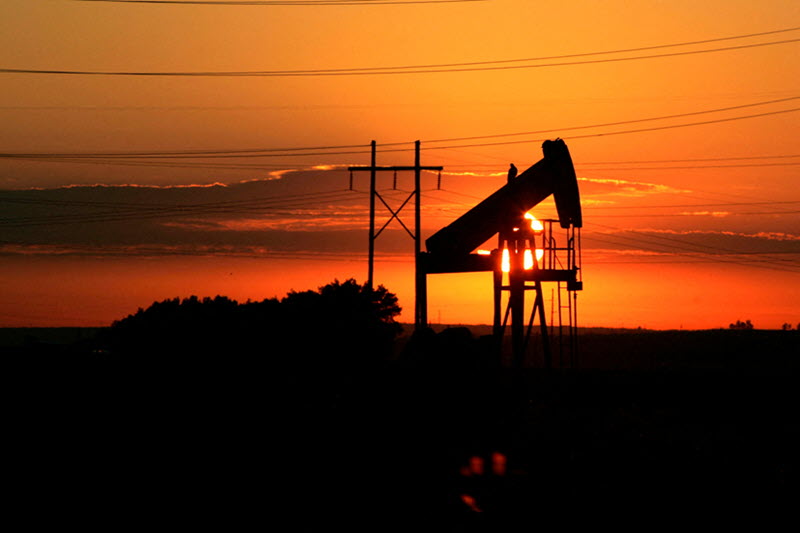It has been suggested that a rock found in the Sahara Desert in Morocco several years ago may be a so-called ‘boomerang meteorite’ that fell from Earth to space and back to Earth.
According to Space.com, a space media outlet, on the 24th (local time), research results suggesting the possibility of a ‘boomerang meteorite’ were announced at the International Geochemistry Conference last week.
The rock the researchers paid attention to is the meteorite ‘Northwest Africa 13188’ (NWA13188), which was discovered in the Sahara Desert in Morocco in 2018.
Weighing 646 grams (g), the stone block NWA13188 has the same chemical composition as Earth’s native volcanic rocks. But at the same time, some elements left traces like meteorites found in space.
Most meteorites are exposed to radiation ‘cosmic rays’ from space, so the isotope concentrations of beryllium-3, helium-10, and neon-21 are different from rocks on Earth. NWA13188 has the highest isotope concentration of any rock on earth Confirmed. However, the concentration was lower than that of ordinary meteorites.
Also, in NWA13188, a fusion crust observed on the outer surface of the meteorite was discovered. When a meteorite passes through the atmosphere at high speed, the surface melts and falls apart due to friction, and at this time, a thin glossy shell is formed on the outermost part of the meteorite. This is called the melting angle.
In a word, it has all the elements of a meteorite, but at the same time, it means that it has a chemical composition that can be seen on Earth.
The researchers speculate that NWA13188 may have flown from Earth into space when an asteroid hit Earth 10,000 years ago, and may have spent more than 2,000 years in Earth’s orbit before entering Earth’s atmosphere.
However, the results of this study have not yet been published in a peer-reviewed journal that has been evaluated by academic experts.
The problem is the meteorite’s age. The NWA13188 meteorite is classified as an ungrouped achondrite, which is usually expected to have formed 4.5 billion years ago. However, if NWA13188 was sent from Earth, it must have been created more recently.
Also, if the impact is enough to blow this meteorite from the Earth into space, it is more likely to be an asteroid impact than a volcanic eruption, but no crater created 10,000 years ago has been confirmed. Of course, there are dozens of craters on Earth that still need to be verified, so the possibility cannot be said to be zero.
“10,000 years ago is a very recent occurrence, and it must have been discovered,” said a curator specializing in rocks at the Natural History Museum in Vienna, Austria. ) pressure and temperature increase explosively. A crater that created an impact like this would still be hot,” he said.
Electronic Newspaper Internet Reporter Seo Hee-won [email protected]


